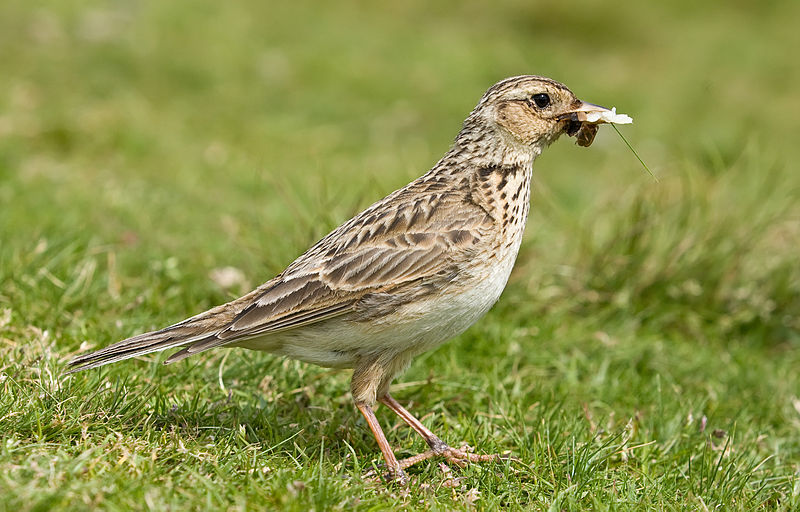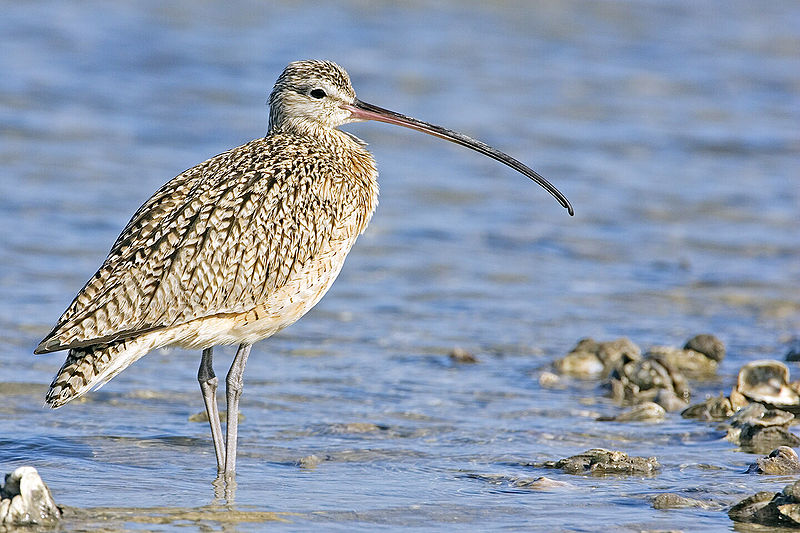A new study based on long term monitoring data about bird populations at 18 windfarm sites has come up with a mix of disturbing and reassuring information. In line with previous studies, this one found that the effect of wind farms on bird densities varies depending on the bird species.
For example, during wind farm construction, the densities of snipe, curlew and red grouse are lower compared to pre-construction. During the first years of wind farm operation, the densities of red grouse appeared to recover, but the densities of both snipe and curlew didn’t.
And while construction scared off those three bird species, the skylark and stonechat – which prefer open, broken and short vegetation – flourished during the building phase. Other species, like meadow pipit, golden plover, wheatear, whinchat, dunlin and lapwings, showed either no change in densities during construction, or it was hard to tell.
Good news first. Of the ten bird species the researchers studied, most recovered to their pre-construction densities once the building was finished and the wind farms were in operation.
The bad news is that wind farm construction and operation both seem to reduce the numbers of curlew and snipe. During construction, curlew numbers fell 40% in a radius of up to 800m from the site. Having abandoned their nesting sites, they remained “significantly lower” afterwards, when the windfarms were operating. Snipe also failed to return after construction, with their numbers down by 53% within 400 m of the site once the windfarms were operating.
Curlews are on the amber list of threatened bird species, and the UK hosts one third of Europe’s entire curlew population. But UK curlew numbers have already fallen by about half since 1990. The researchers say that their study shows the importance of siting new windfarms where they will have minimal impacts on birds.


